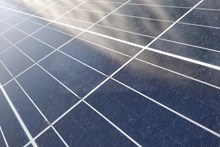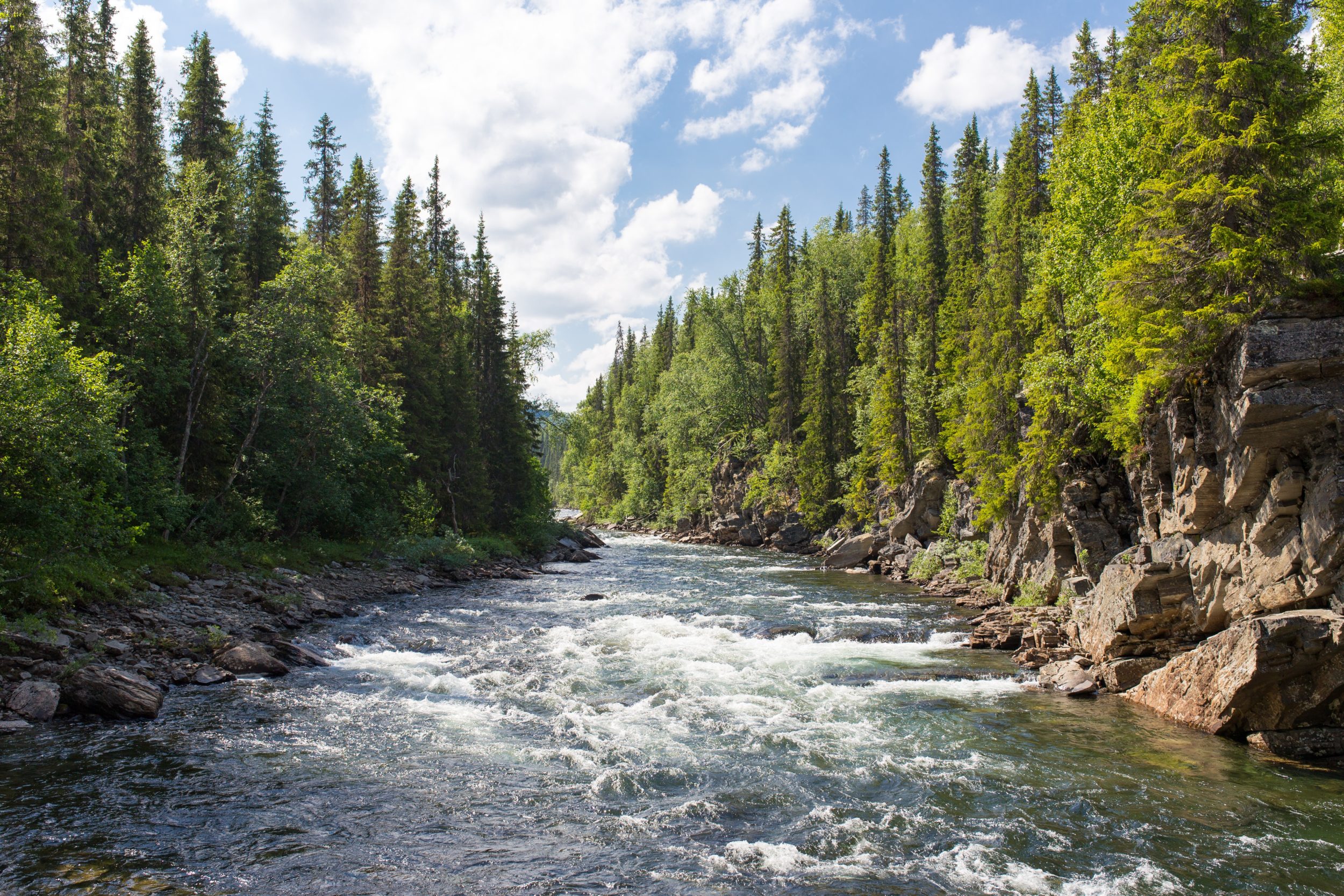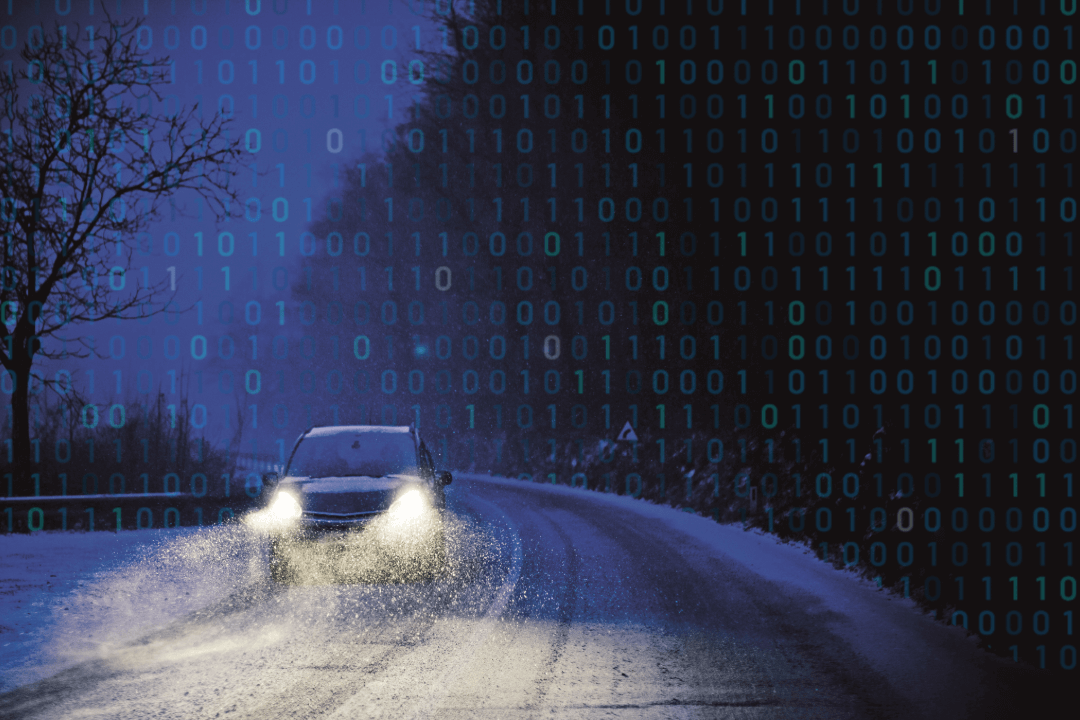On the morning of Tuesday April 10th I noticed a thin layer of sand on my car. As I was driving to the office I heard the news bulletin mention that the beautiful sun rise was due to Sahara sand in the air. This made me realize that we might have a real soiling event in Delft!
Due to severe sandstorms the sand from the Sahara Desert is lifted high into the atmosphere and is then transported on the wind to northern countries. The sand can even be transported as far as the Caribbean. The sand deposited that day was due to light rain, causing the soiling deposits to be shaped like droplets rather than a nice homogenous layer.
In the office my colleagues where already discussing the soiling they saw on their cars that morning. It just so happens that two DustIQ’s where placed outside the previous day. Quickly we hurried to the roof to have a look at the DustIQ’s and the solar panels, leaving the coffee standing on our desks to get cold!
Outside we saw some beautiful soiling on the panels. In order to measure the transmission loss for this particular dust a field calibration is performed. This provided the actual dustslope for this type of soiling.
What was the transmission loss by Sahara dust
After our first excitement we focused on the actual data from the DustIQ’s. They captured the moment the soiling was first seen at 05 AM and a steady increase until around 10 AM, like we haven’t seen before in Delft. Once the DustIQ’s were calibrated for this particular dust, the actual transmission loss could be calculated at 0.9%.
A transmission loss measurement was also done with the solar panels but, due to the Dutch cloudy weather, it was decided to repeat the test on a sunny day. The soiled panel was carefully covered with a foil to prevent an incoming thunderstorm from influencing the soiling layer. This might be the first time that a soiled solar panel has been treasured in such a way! The transmission loss measurement of the solar panels was repeated and confirmed the loss as 1.0%.
This unique incidence provided an exceptional chance to field test a DustIQ at the Kipp & Zonen headquarters in Delft with an unusual amount of soiling for this time a year and at this location. This field test confirmed the accuracy in measurements that we’ve already observed in Morocco and Spain.
Written by Thijs Bergmans, Test Engineer Kipp & Zonen





